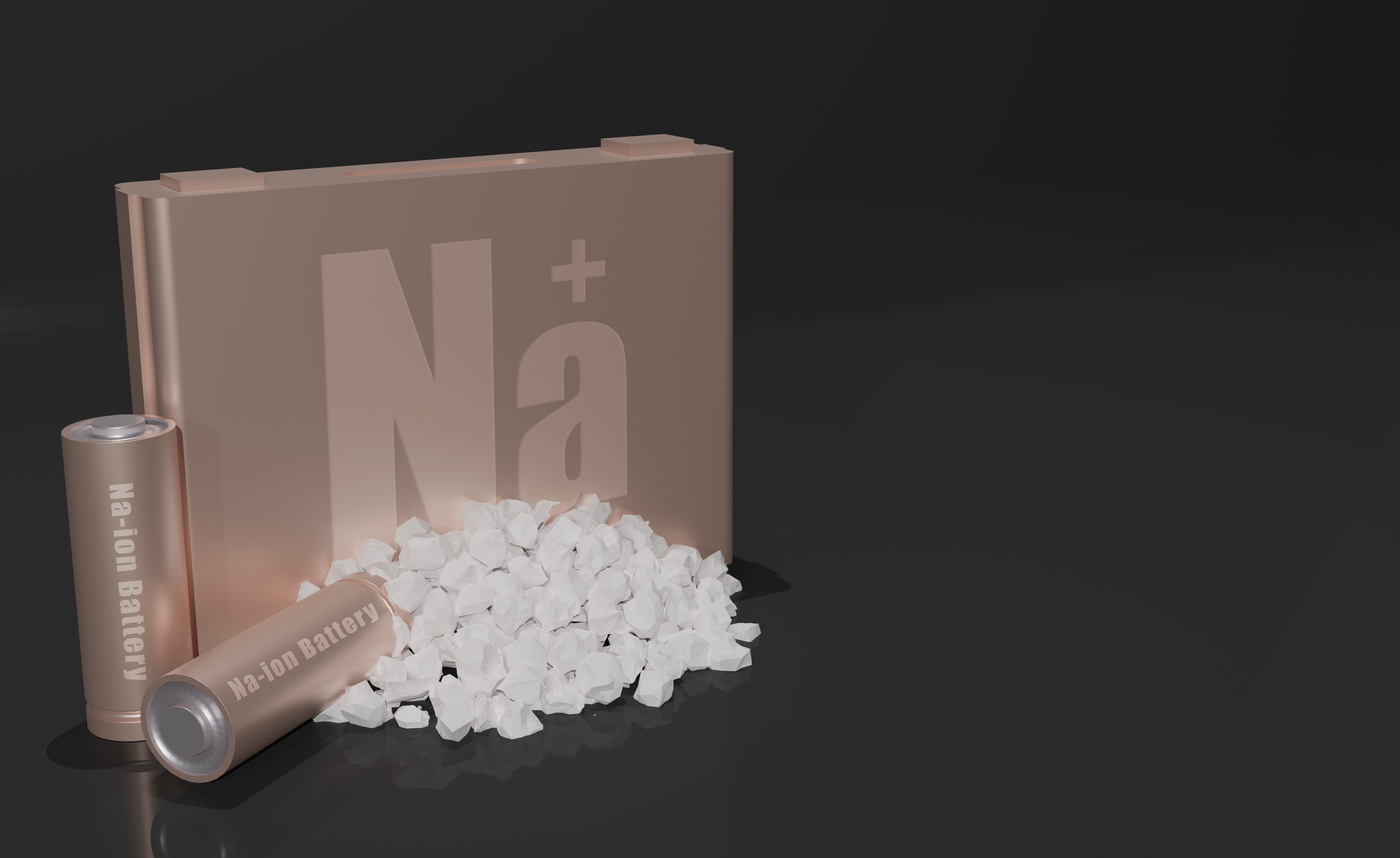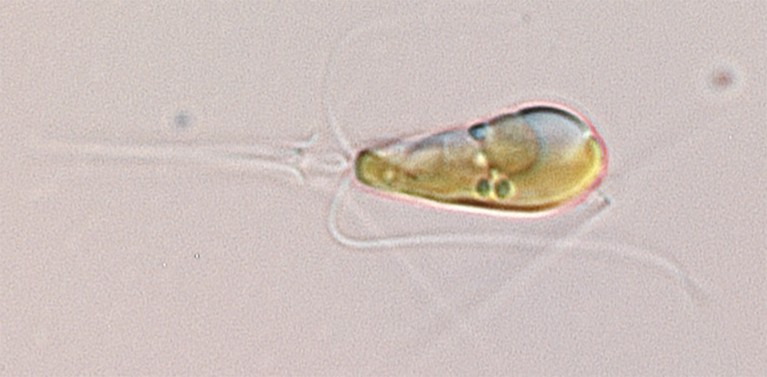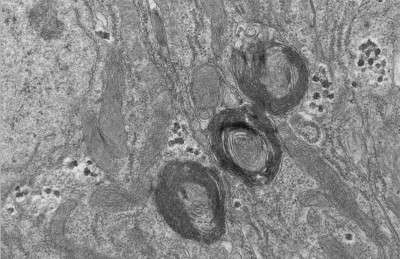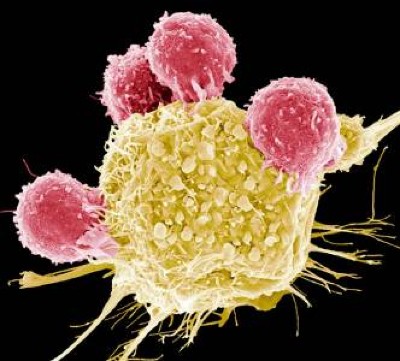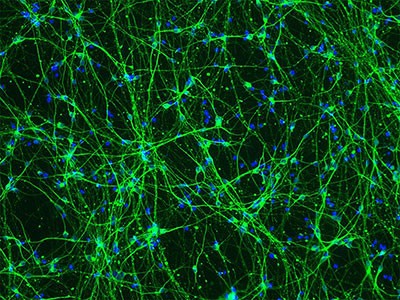[ad_1]
loreal L'Oréal Cell BioPrint presentó el lunes un nuevo dispositivo llamado L'Oréal Cell BioPrint, que está diseñado para utilizar un enfoque no invasivo para proporcionar análisis de piel personalizados en unos pocos minutos. La compañía afirma que Cell BioPrint puede indicar a los usuarios la edad biológica de su piel, predecir cómo funcionarán ciertos ingredientes activos en su piel e incluso “predecir” problemas cosméticos como las manchas oscuras antes de que aparezcan. El dispositivo estará disponible en Asia a finales de este año, según la empresa.
L'Oréal Cell BioPrint realiza análisis de la piel identificando biomarcadores proteicos
Compañía el dice L'Oréal Cell BioPrint se desarrolló utilizando tecnología de laboratorio de microfluidos patentada de la empresa coreana NanoEnTek, que está diseñada para analizar la piel del usuario midiendo biomarcadores de proteínas únicos durante un período de cinco minutos.
El proceso no quirúrgico de analizar la piel del usuario comienza con la aplicación de una tira de cinta facial, que luego se agrega a una solución tampón. Esto se agrega al cartucho que se coloca en L'Oréal Cell BioPrint para su análisis. Durante el proceso de cinco minutos, un dispositivo con pantalla táctil pedirá a los usuarios que respondan algunas preguntas, mientras toman fotografías de sus rostros.
![]()
L'Oréal dice que ha reducido su tecnología Cell BioPrint al tamaño de una tarjeta de crédito
Fuente de la imagen: L'Oreal
L'Oréal afirma que el dispositivo Cell BioPrint puede calcular la rapidez con la que envejece la piel de un usuario, proporcionando consejos adaptados a su tipo de piel. También puede predecir cómo responderá un producto en particular a ingredientes, como el retinol o la vitamina A, que se utilizan para tratar el acné y retardar los efectos del envejecimiento.
La compañía también dice que el dispositivo de mesa también puede “predecir posibles problemas cosméticos” que no están presentes en la piel de una persona en ese momento, como poros dilatados o hiperpigmentación. L'Oréal no especificó si la función también proporcionará consejos para el cuidado de la piel para los problemas detectados al utilizar esta función.
Vale la pena señalar que estos dispositivos no reemplazan a un dermatólogo calificado y L'Oréal aún no ha proporcionado ningún detalle de estudios científicos que puedan proporcionar evidencia concluyente (en forma de estudios científicos) que demuestren que todas las funciones del dispositivo funcionan. seguramente. Es posible que los usuarios tengan que esperar un poco para que el dispositivo esté disponible comercialmente, y la compañía dice que probará el dispositivo en Asia con una de sus marcas a finales de este año.
Recibe las últimas novedades de CES en Gadgets 360, nuestro sitio web Salón de electrónica de consumo 2025 centro.
[ad_2]
Source Article Link





